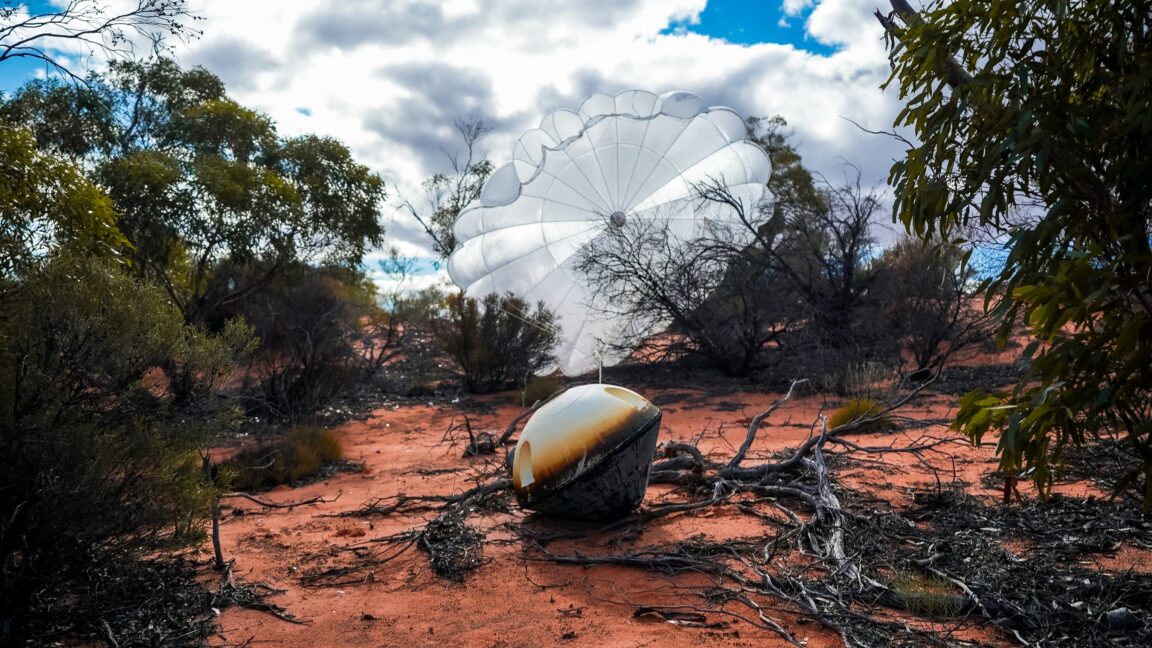The Pointe du Hoc in Normandy, France, served as a Nazi defense and lookout point, which was conquered by the American Rangers during World War II’s D-Day invasion. Today, the site is disappearing quickly due to climate change and erosion, with waves chewing away at two and half yards of land each year. The Normandy climate change report states that two-thirds of Normandy’s coasts, including beaches and cliffs, are already eroding, with experts predicting an even worse situation as climate change causes higher tides and increasing storms. As such, history, memory, property rights, safety, sustainable development, and identity, all of which are at risk, pose gnawing questions about the area and its future.
While France has an official “memorial adviser” to the president, the 50-mile stretch on which the Allied arrival took place takes commemoration to an exultant level. Tourists from all over the world visit the more than 90 official D-Day sites, including 44 museums, paying homage to the sacrifices made by the soldiers who fought. However, history, memory, and identity are all threatened as climate change threatens erosion.
A geography professor at the University of Caen, Stéphane Costa, opines that, given the swelling sea levels and increasing storms heralded by climate change, all coasts will go inland. The French government acknowledges defeat and pushes the “living with the sea, not against it” principle.
For many people in the area, abandoning a site of such potent history is not acceptable. Some, like Charles de Vallavieille, the local mayor of a village square named June 6, believe that the sites have to be protected, even if it means mastering dike-building. Other residents have close ties to the events of D-Day like Michel de Vallavieille, the father of the local mayor, who was shot five times that morning by American paratroopers. Later, he went on to become mayor and established one of the area’s first D-Day museums inside a former German bunker on Utah Beach, which is now threatened by climate change.
Mr. Desjardins, the American Battle Monuments Commission’s superintendent, notes that the Pointe du Hoc bunker’s $10 million renovation does not include securing it against ocean storms like those that caused the three landslides this spring alone. The study reported mixed social perceptions of climate change and the D-Day sites — many people living close to a site felt protective, while others felt that most will have to move given the effects of climate change.
The Juno Beach Museum’s leadership decided to invest in reducing the museum’s carbon footprint rather than building protective measures. They have introduced a reduced “low carbon” ticket price for visitors arriving by bicycle, cut energy usage, and ordered Canadian supplies from the gift shop by sea, not plane. They also planted trees in a nearby forest, where Canadian troops harvested wood during the war.
This area of Normandy is a UNESCO World Heritage site and symbolizes the Allied landings and subsequent victory in Europe. However, the ongoing effects of climate change and erosion threaten the sites and their significance.














